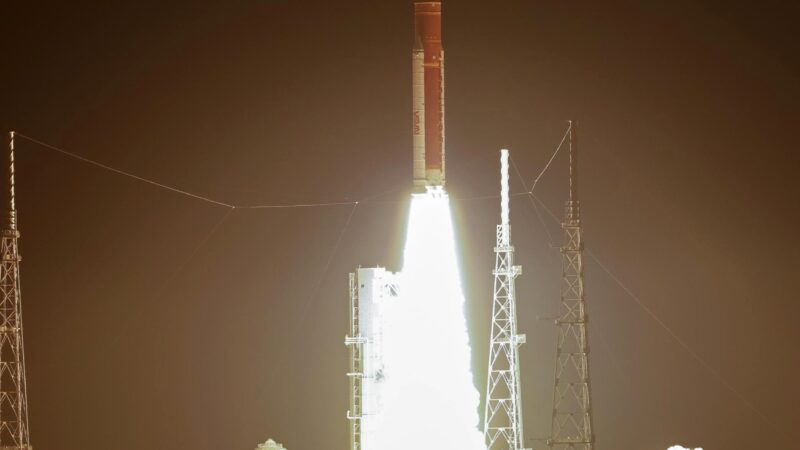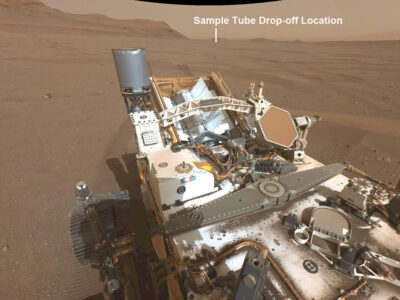One more! James Webb Space Telescope view is cleaner than Spitzer
Take over

NASA’s Spitzer Space Telescope, then known as the Space Infrared Telescope Facility, launches from the Cape Canaveral Air Force Station in Florida on Monday, Aug. 25, 2003.

This is the first-ever map of the surface of an exoplanet, or a planet beyond our solar system. The map, which shows temperature variations across the cloudy tops of a gas giant called HD 189733b, is made from infrared data taken by NASA’s Spitzer Space Telescope.

Spitzer Space Telescope and Hubble Space Telescope discovered galaxy GN-z11.
NASA’s Spitzer Space Telescope concludes its mission on Jan. 30, 2020, after more than 16 extraordinary years of exploration. The telescope has made many discoveries beyond the imaginations of its designers, such as planets outside our solar system, called exoplanets, and galaxies that formed close to the beginning of the universe.
The James Webb Space Telescope[1] will take over from the Spitzer Space Telescope for more precise research.
Aligned all
The James Webb Space Telescope is aligned across all four of its science instruments, as seen in a previous engineering image showing the observatory’s full field of view. Now, we take a closer look at that same image, focusing on Webb’s coldest instrument: the Mid-Infrared Instrument, or MIRI.
The MIRI test image (at 7.7 microns) shows part of the Large Magellanic Cloud[2]. This small satellite galaxy of the Milky Way provided a dense star field to test Webb’s performance.
Test images comparison

Pictures of the same area Webb Space Telescope with Spitzer Space Telescope
Here, a close-up of the MIRI image is compared to a past image of the same target taken with NASA’s Spitzer Space Telescope’s[3] Infrared Array Camera (at 8.0 microns). The retired Spitzer was the first observatory to provide high-resolution images of the near- and mid-infrared Universe. Webb, by virtue of its significantly larger primary mirror and improved detectors, will allow us to see the infrared sky with improved clarity, enabling even more discoveries.
For example, Webb’s MIRI image shows the interstellar gas in unprecedented detail. Here, you can see the emission from ‘polycyclic aromatic hydrocarbons’ – molecules of carbon and hydrogen that play an important role in the thermal balance and chemistry of interstellar gas. When Webb is ready to begin science observations, studies such as these with MIRI will help give astronomers new insights into the birth of stars and protoplanetary systems.
In the meantime, the Webb team has begun the process of setting up and testing Webb’s instruments to begin science observations this summer. At 17:00 CEST 09/05/2022, Webb experts previewed these next two months of instrument preparations in a teleconference for media. Listen to the audio stream live at nasa.gov/live.
Webb is an international partnership between NASA, ESA and CSA. MIRI is part of Europe’s contribution to the Webb mission. It is a partnership between Europe and the USA; the main partners are ESA, a consortium of nationally funded European institutes, the Jet Propulsion Laboratory ( JPL ) and NASA’s Goddard Space Flight Center ( GSFC )[4].
References:
[1]The James Webb Space Telescope (wikipedia.org)
[2]the Large Magellanic Cloud (wikipedia.org)











Amazing!